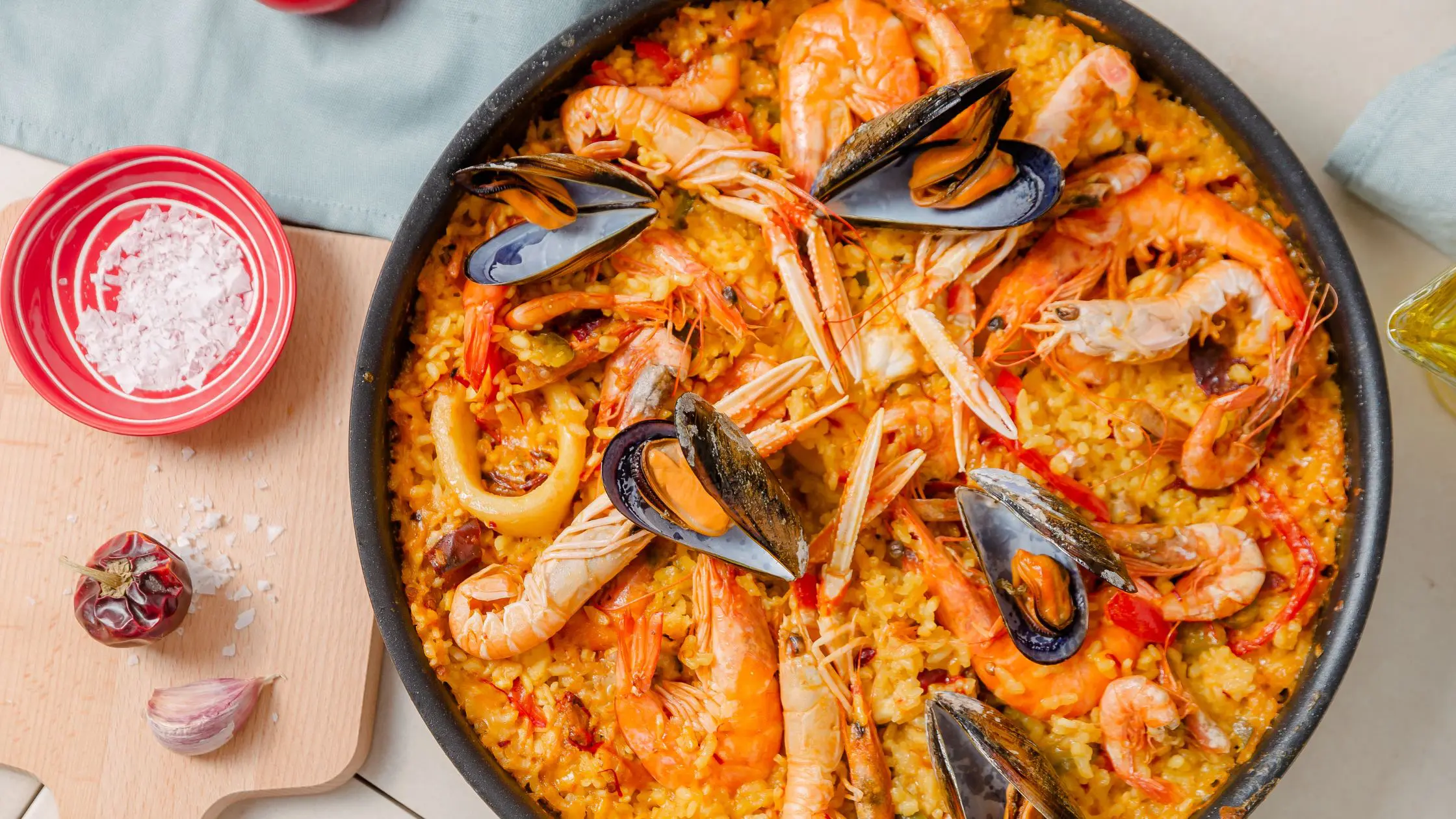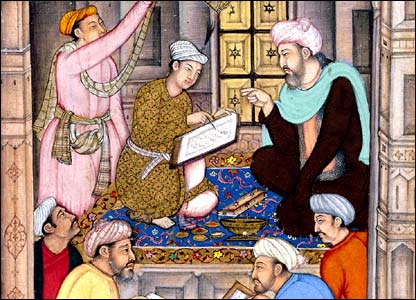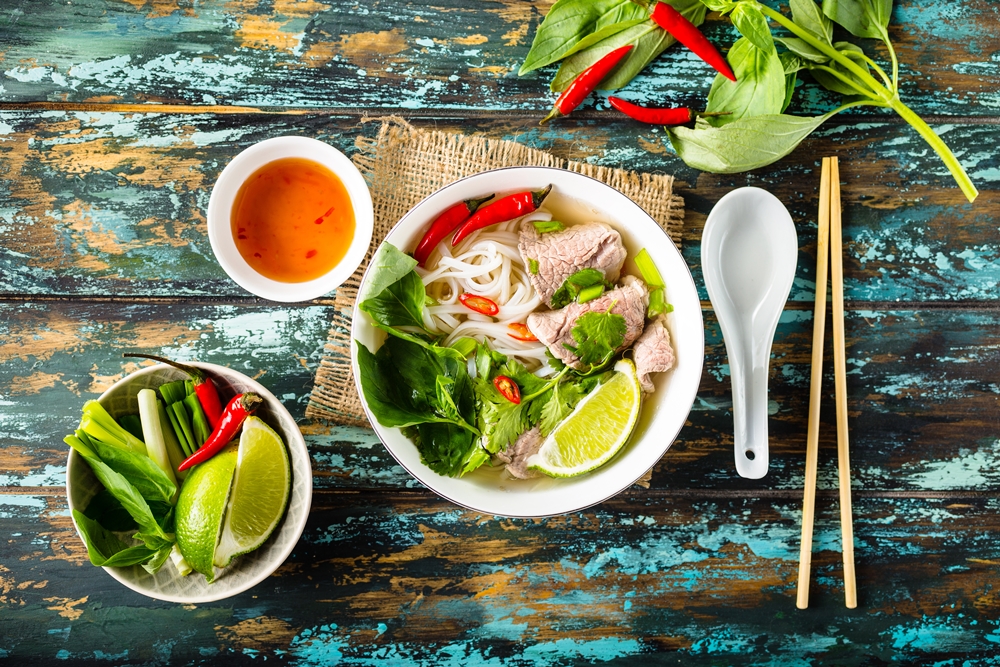
Paella: Spain’s Iconic Rice Dish
admin
- 0
kfoodfair2015.com – Paella is not just a dish; it’s a symbol of Spanish cuisine, a culinary masterpiece that has been celebrated for centuries. Originating from the Valencia region in Spain, paella has evolved into a variety of styles, each with its unique flavors and ingredients. However, at its core, paella remains a simple yet exquisite rice di
sh that brings people together, whether for a family meal or a festive gathering.
The History of Paella
The origins of paella can be traced back to the 18th century in the Albufera lagoon near Valencia. It was initially a meal for laborers in the fields, made with rice, rabbit, duck, snails, green beans, and later, saffron for color and flavor. The name “paella” comes from the wide, shallow pan in which it’s cooked, also called a paella, which is essential for achieving the perfect socarrat—the crispy, flavorful bottom layer of rice.
The Essential Ingredients
While there are many variations of paella, some key ingredients remain constant. Short-grain rice, such as bomba or calasparra, is preferred for its ability to absorb flavors without becoming mushy. Saffron, the world’s most expensive spice, is another essential, adding not only color but also a unique, earthy flavor. Other common ingredients include tomatoes, garlic, onions, green beans, and a variety of meats or seafood, depending on the region and the cook’s preference.
The Different Types of Paella
Valencian Paella (Paella Valenciana)
The original and most traditional version, featuring rabbit, chicken, green beans, and sometimes snails. It’s a meat and vegetable paella, without seafood.
Seafood Paella (Paella de Marisco)
A coastal variation, loaded with a variety of seafood such as shrimp, mussels, clams, squid, and sometimes fish. It’s a favorite among seafood lovers.
Mixed Paella (Paella Mixta)
A combination of the Valencian and seafood paellas, including both meat and seafood. While popular among tourists, it’s less common in traditional Spanish homes.
Vegetarian Paella
A more recent adaptation, catering to those who don’t eat meat or seafood. It’s packed with a variety of vegetables and sometimes includes tofu or other plant-based proteins.
The Art of Making Paella
Making paella is as much an art as it is a science. The dish starts with softening the vegetables and meats in olive oil, then adding the rice to toast it lightly before adding the liquid. This can be a broth made from the meats or seafood, along with saffron and other seasonings. The paella is cooked over an open flame or a paella burner, which allows for even cooking and the development of the socarrat.
Paella: Beyond the Recipe
Paella is more than just a collection of ingredients; it’s a cultural experience. It’s a dish that’s meant to be shared, bringing friends and family together around a table to enjoy the fruits of a communal effort. The preparation of paella is often a social event, with everyone pitching in to chop, stir, and taste, making it a dish that’s as much about the process as it is about the end result.
In conclusion, paella is a testament to the rich culinary heritage of Spain. It’s a dish that embodies the country’s love for good food, shared experiences, and the simple pleasures of life. Whether you’re enjoying a traditional Valencian paella or a modern vegetarian version, paella remains a symbol of Spanish cuisine, inviting us all to savor the flavors and traditions of this iconic dish.


